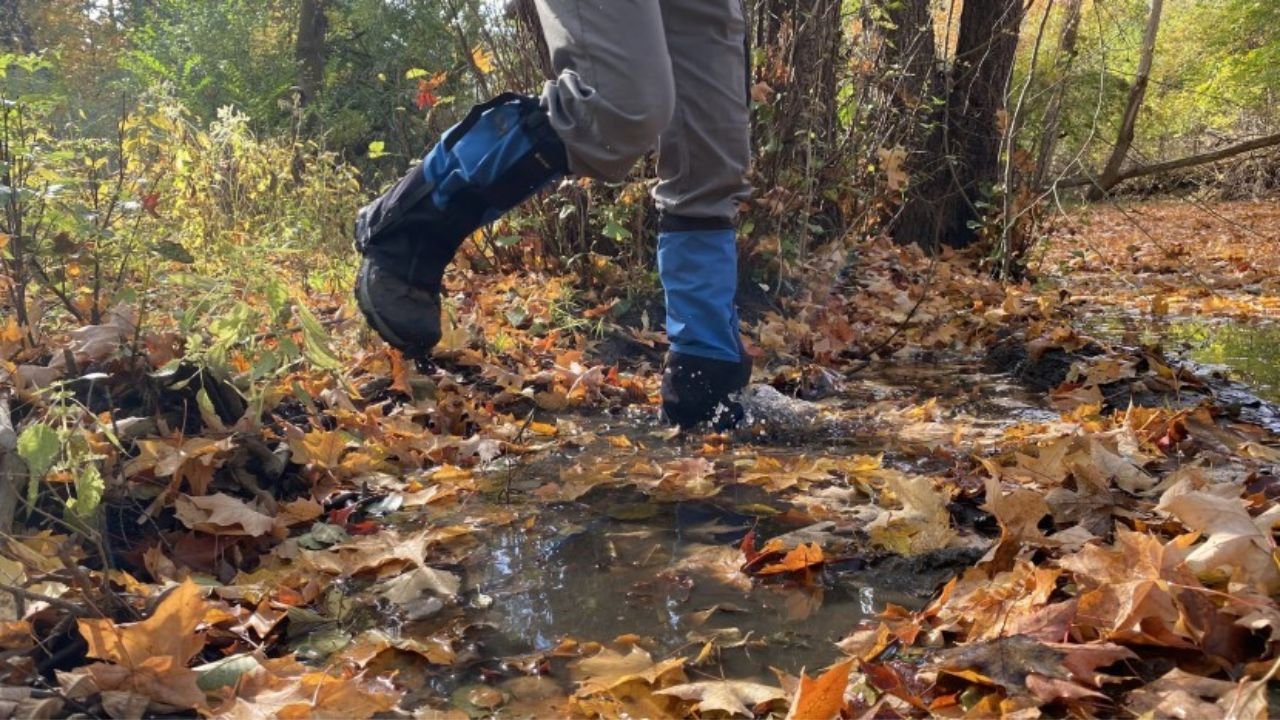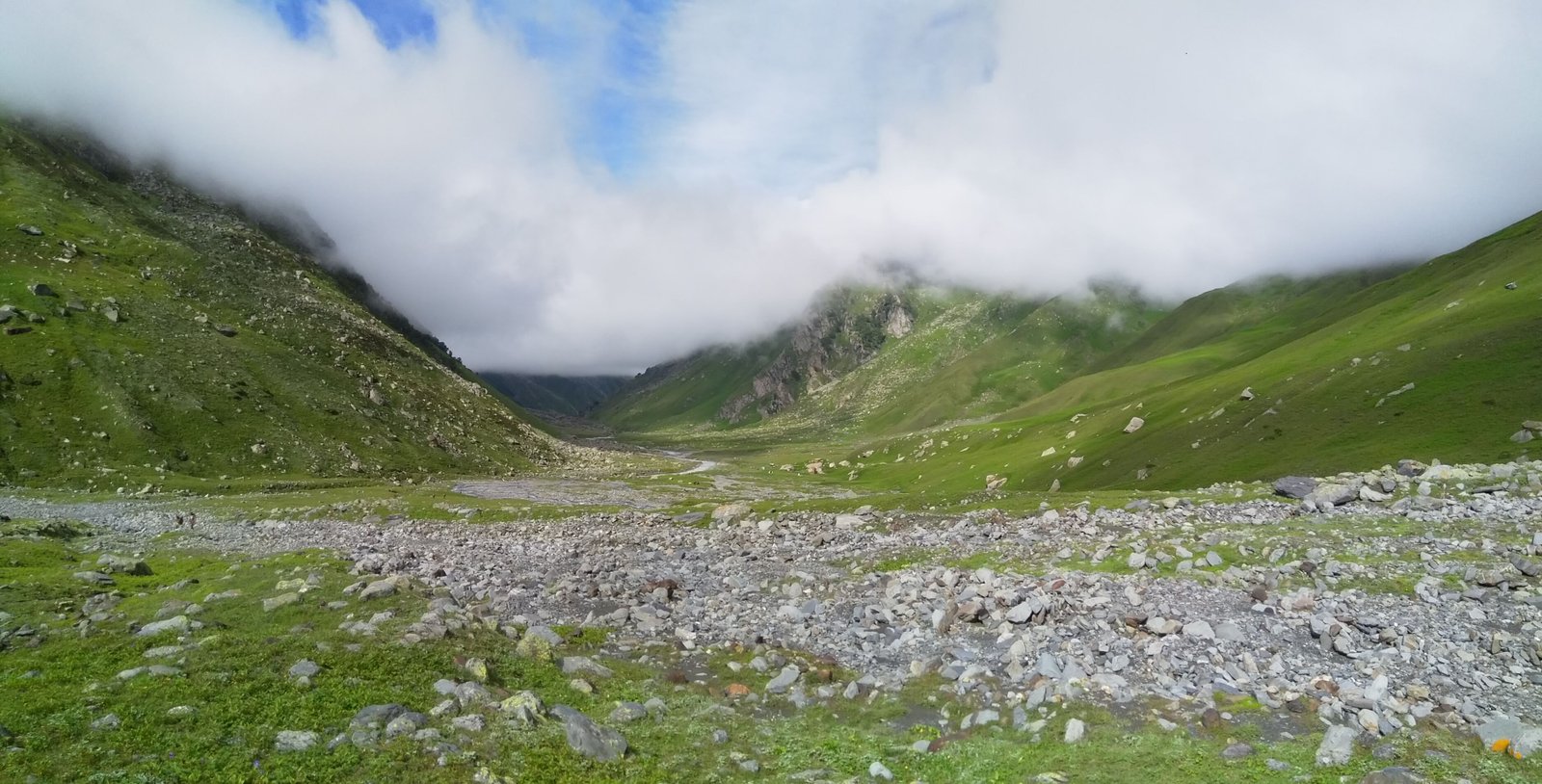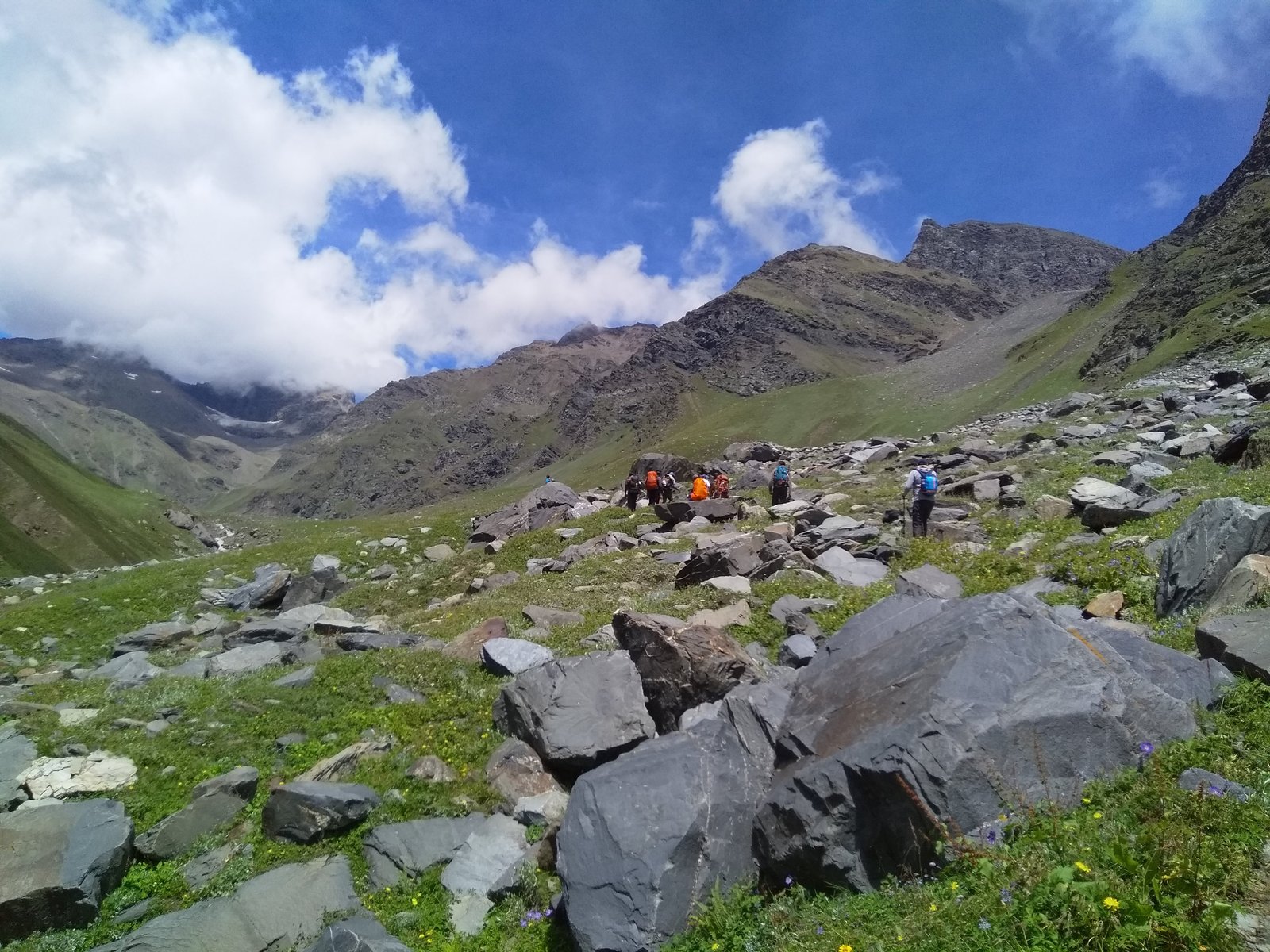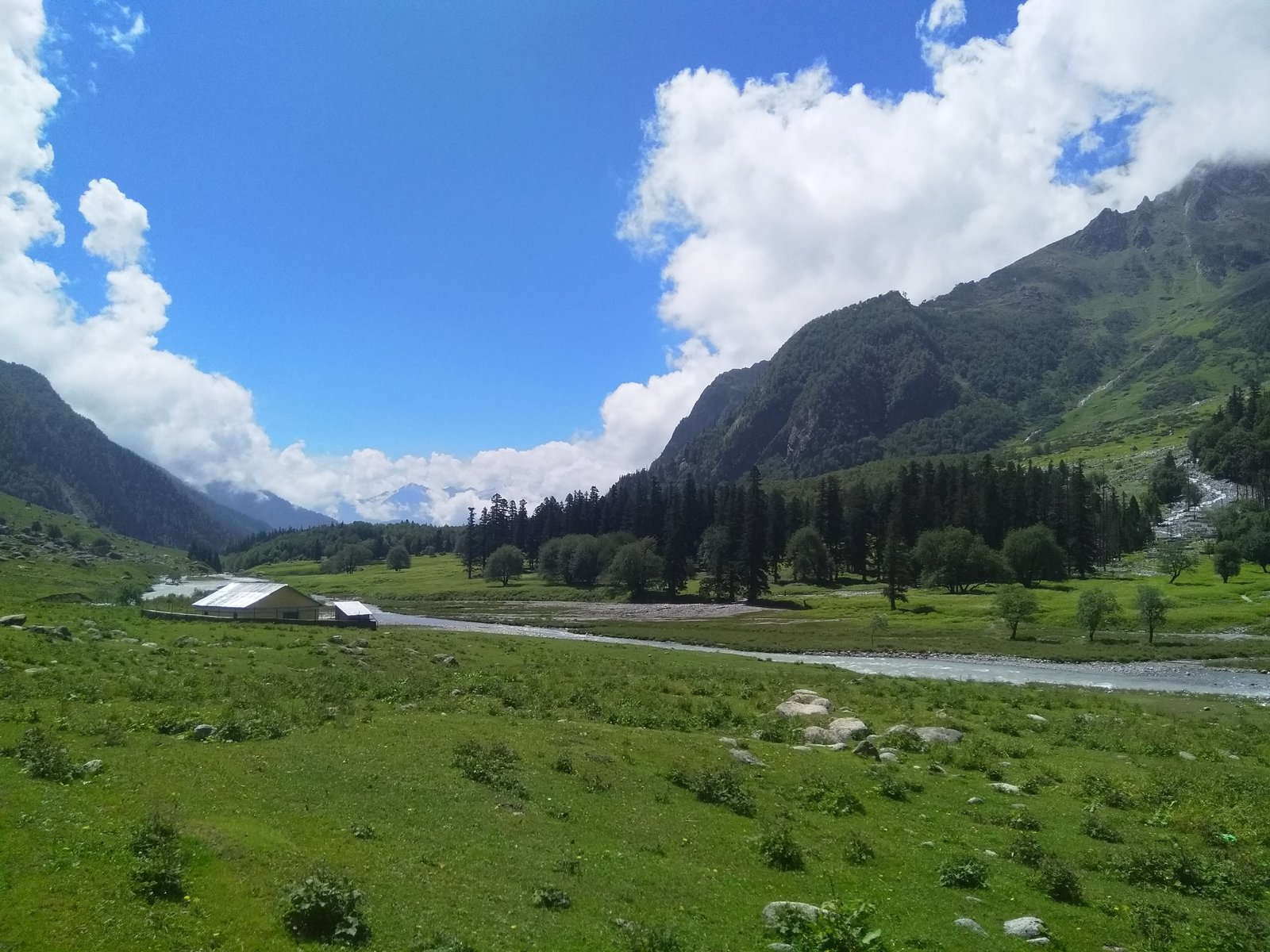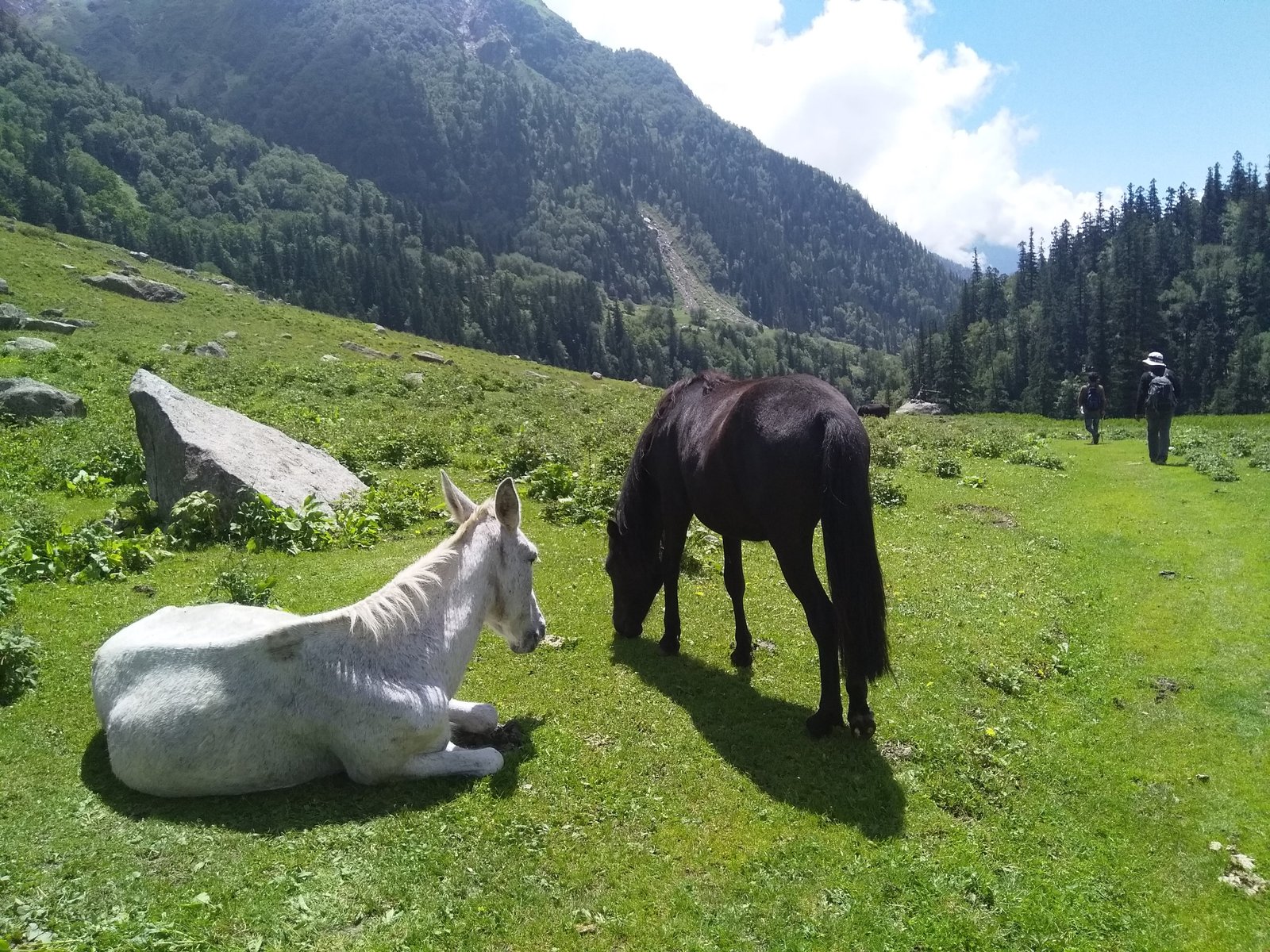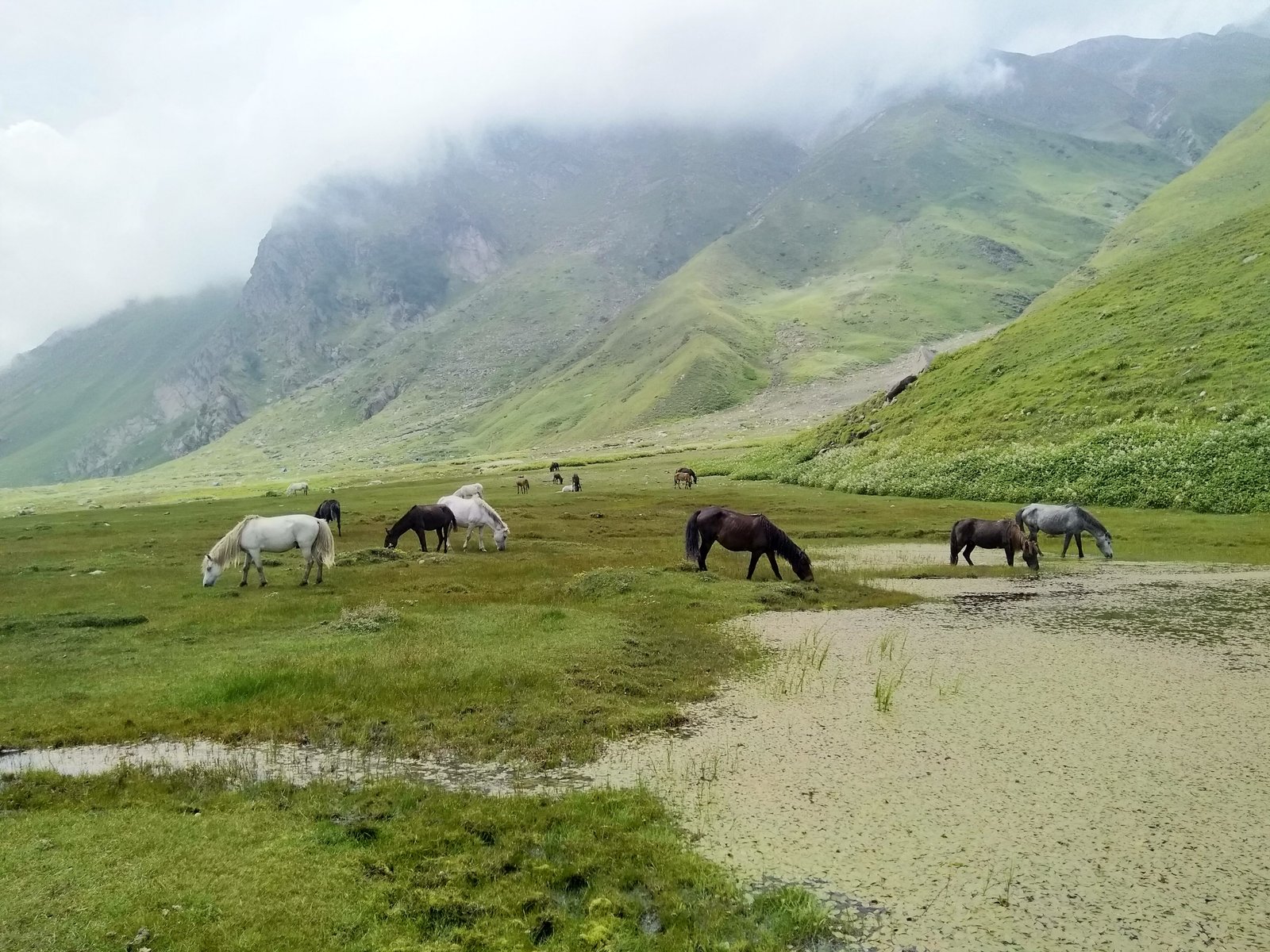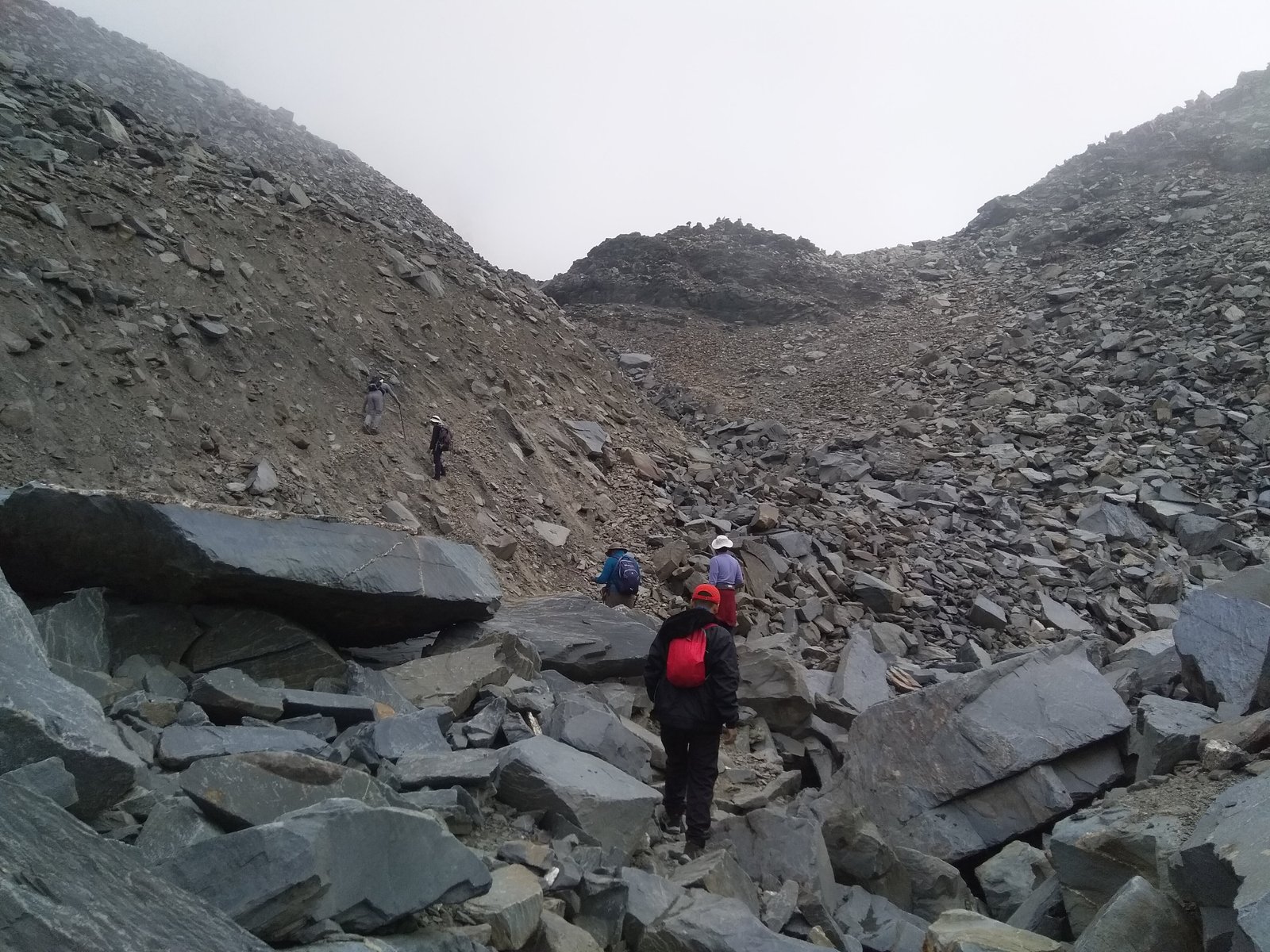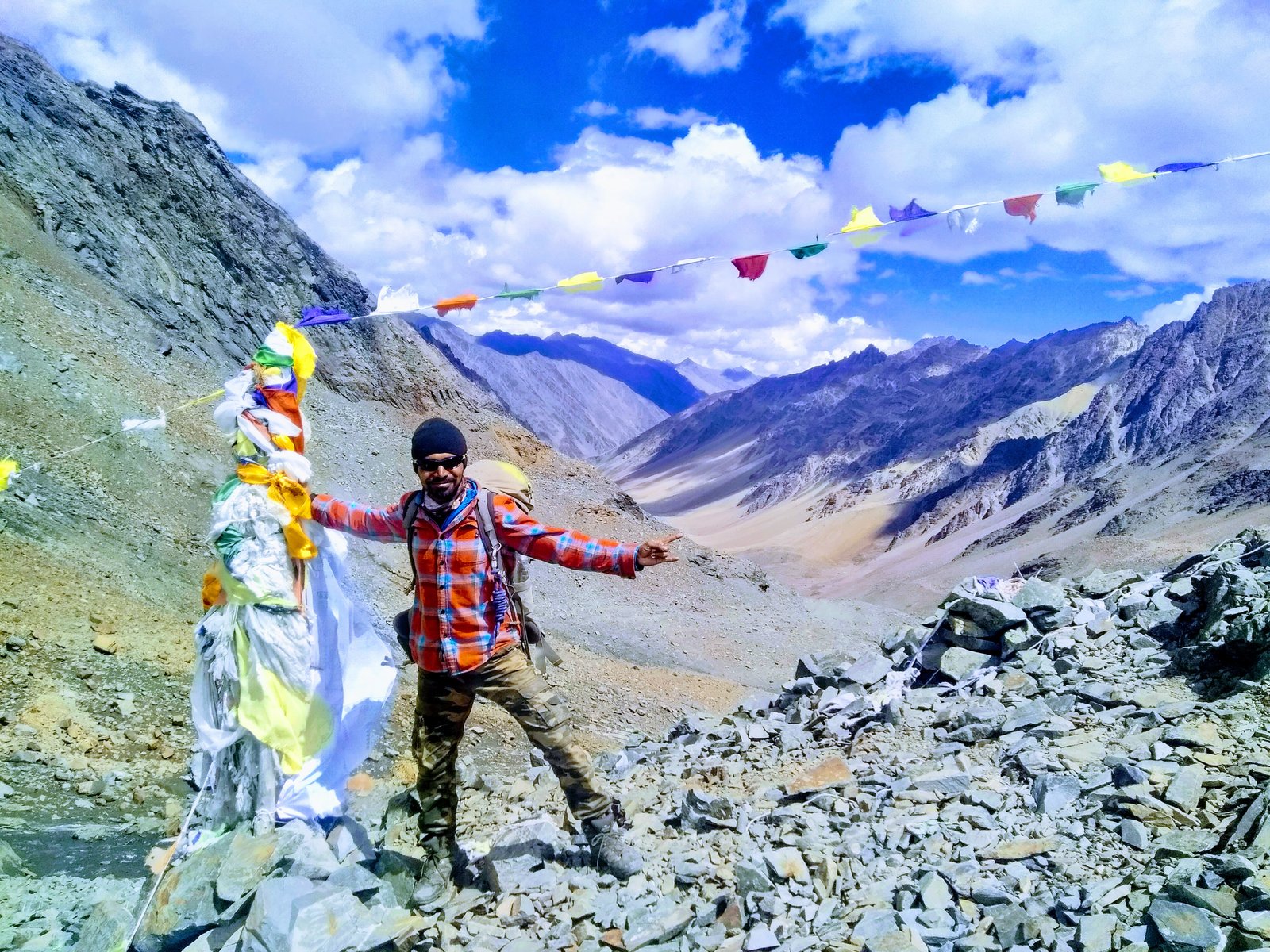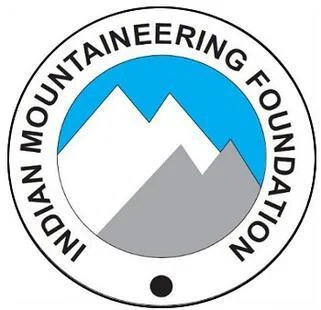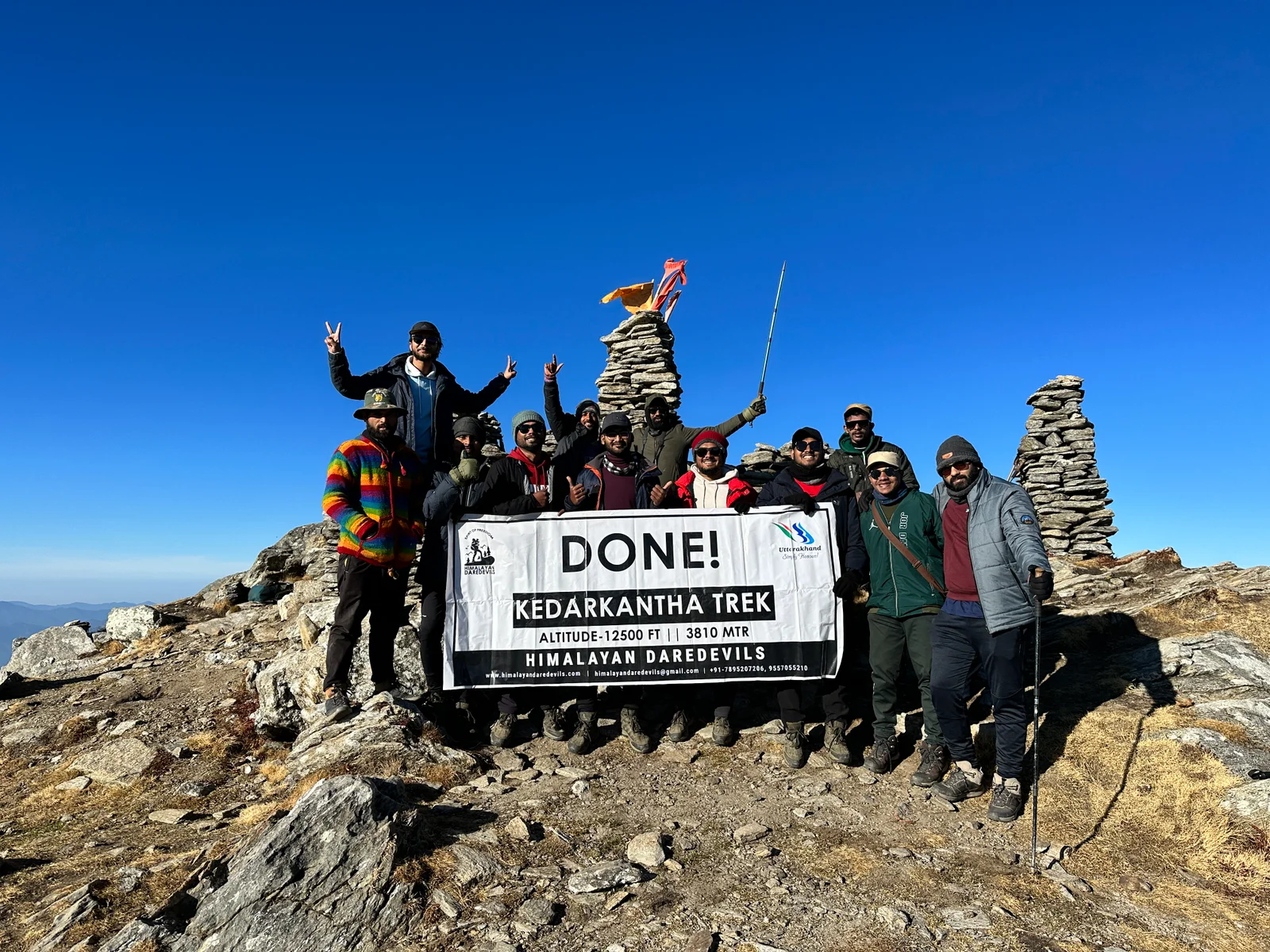Starting From
21,848
18,999.00
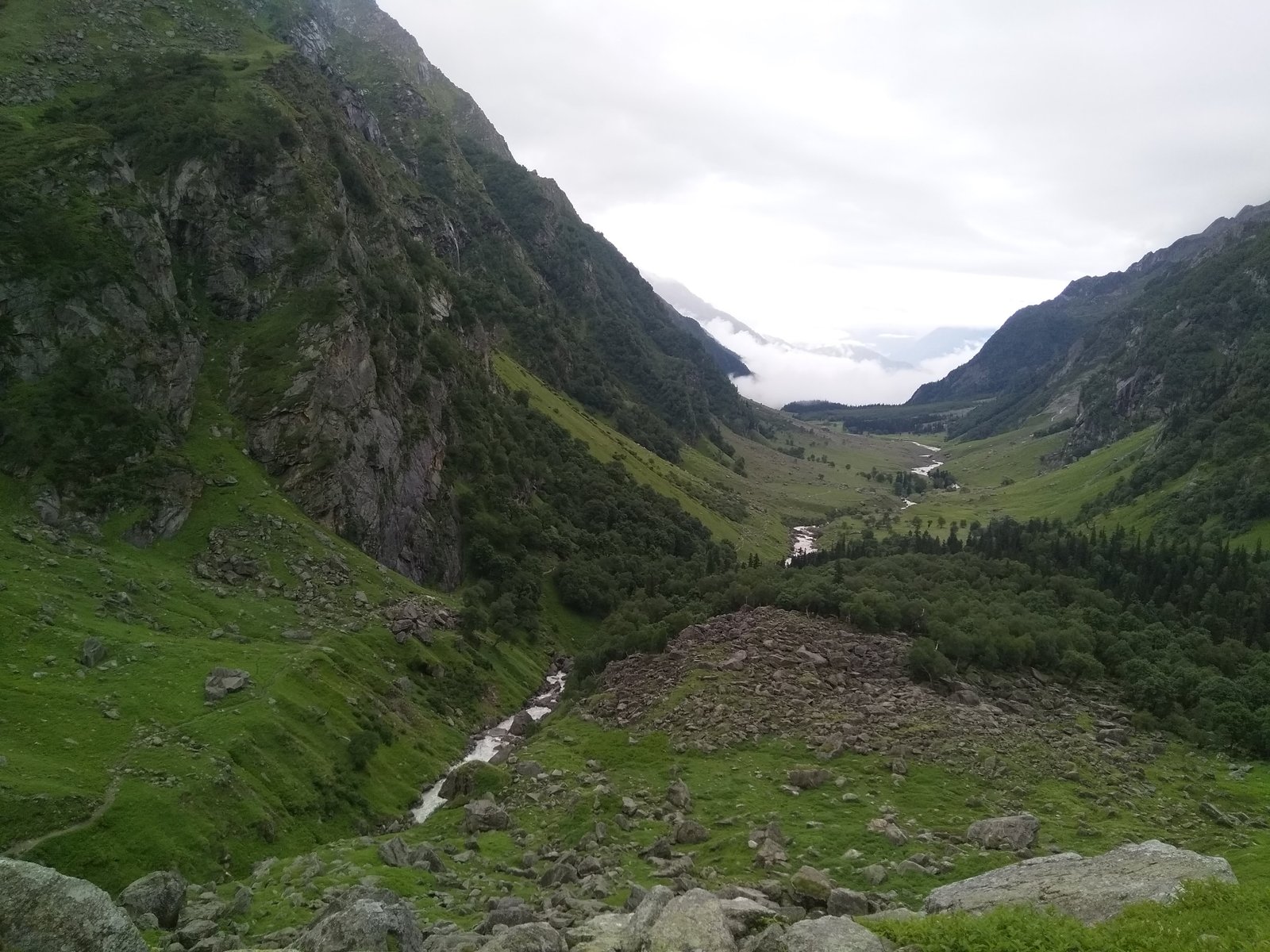
Starting From
21,849
18,999.00
Starting From
21,849
18,999.00
Pin Bhaba Pass Trek (414+ Reviews)
A crossover trail through passes
Kalka is the nearest railhead to Shimla
Jubbarhatti airport, which is 22Km away from Shimla
Kafnu
July, August, September
Kafnu to Kaza
Meals while on trek ( Veg and Egg)
Camping
Himachal
8 Days
Moderate
16100 ft
51 km
Overview of Pin Bhaba Pass Trek
At 16,000 feet the Pin Bhaba Pass is a gateway standing in between the two Himalayan Valleys of contrasting beauty, at one side of the trek is the lush green, pine scented valley of Kinnaur and on the other is the high altitude desert of Spiti. The Trek starts from the quiet village of Kafnu and ascends through pine forests and alpine meadows. You will pass through campsites like Mulling, Kara and Phustirang each of them will give you a chance to see the Himalayas from a new perspective, showing you wildflowers and snow capped peaks along the way.
Key highlights of the Pin Bhaba Pass Trek
Here are the Key Highlights of The Pin Bhaba Pass Trek that make it one of the most unique and visually stunning treks in India-
A Crossover Between Two Different Worlds-
The Pin Bhaba Pass stands as a bridge between the two worlds, the green paradise of the Kinnaur Valley and the barren but beautiful peaks of Spiti. You begin in the lush Bhaba Valley, filled with pine forests, waterfalls, and meadows, and end in the barren, rugged terrain of Spiti Valley—a cold desert with surreal rock formations and stark beauty. This duality is rare and incredibly rewarding.
The Grand Ascent to Pin Bhaba Pass (4,910 m)-
Pin Bhaba Pass is the highest point of the trek offering dramatic views of both the valleys. Once you reach this height you will find yourself surrounded by the snow-draped peaks, crisp blue sky and the deep valley on both sides. The climb to the summit is not without its challenges but the unforgettable scenery makes the hard work seem totally worth it.
The Incredible Variety of Terrain-
The Pin Bhaba Trek hides almost all of the landscapes that the Himalayas have to offer, one day you're crossing dense coniferous forests, the next you’re in open grasslands, and soon after, negotiating glacial moraine and rocky slopes. This constant change keeps the trek exciting and immersive showing you a new scene at every turn of the way.
Breathtaking Campsites-
On your Trek to the Pin Bhaba Pass you get the chance to spend your nights and your morning in beautiful campsites that are destinations in themselves. These campsites, some besides the gushing rivers, some surrounded by beautiful wildflowers, are remote locations that make the trip memorable. It is in these camps that you would get to interact with your fellow trekkers and talk about the scenes that you witnessed together, exchanging stories and perspectives under the starry sky.
Unique Cultural Blend-
The Two Valleys, one Kinnaur and the other Spiti, are not just different in terms of landscapes but also in terms of culture and traditions. The Kinnaur Valley has a unique blend of Hinduism and Buddhism while the Spiti Valley is a Buddhist region, the trek allows you to witness both Kinnauri wooden temples and Spitian monasteries. The cultural contrast is as profound as the geographic one.
River Crossings & Adventure Elements-
The remote world of the Himalayas is filled with lots of thrilling challenges. On your way to the Pin Bhaba Pass you will find multiple river and stream crossings, some with makeshift wooden bridges and others requiring wading through glacial melt. This adds to the adventure of the trek making the whole experience thrilling and memorable.
Best Time For Pin Bhaba Pass Trek
The best time to trek to the Pin Bhaba Pass Trek is in the month of September. The Pin Bhaba Pass Trek takes about 8 days to complete and the trek is open to the public from the months between mid-June to mid-September, this is the only time when the trek is accessible, safe, and scenic. In the months other than these the trek is filled with snow making it very difficult to walk on. The trek is of medium difficulty and anyone with good fitness and proper preparation and planning can complete the trek.
Seasonal Breakdown
Here is a seasonal breakdown of the best time to trek to the Pin Bhaba Pass Trek, this will help you in choosing the best month for your trek.
Mid-June to Early July
Pros: During this time you will find patches of unmelted snow visible on the trek and on the high mountain peaks along with this you will also find green meadows spread around the Bhaba Valley.
Cons: Snow may make the trek challenging, making it essential for you to carry proper gear. During this time the weather is still cold so it is important that you carry the right clothing.
Mid-July to August
Pros: The meadows are the greenest during these months and the mountains are covered with mist and clouds rolling down. The forest comes alive with chirping birds and green trees.
Cons: The Kinnaur Valley sees a lot of rain during these months which makes the trail slippery. You may also find the trek infested with leeches. The Spiti side of the trek remains dry.
September (Best Month Overall)
Pros: September month is the best to trek to the PIn Bhaba Pass Trek. During this month you will find clear skies, stable weather, fewer chances of rainfall and crisp mountain views.
Cons: As the month is closer to the winters the temperature starts to drop making the night colder.
Avoid These Months
October to May: The trek is inaccessible due to heavy snowfall, closed passes, and freezing temperatures.
Try to trek in early September for the best balance of weather, trail conditions, and crowd-free experience.
Temperature of the Pin Bhaba Pass Trek
Here’s a comprehensive month-by-month temperature guide for the Pin Bhaba Pass Trek, including day and night temperatures and terrain conditions across the entire year.
Itinerary of Pin Bhaba Pass Trek
Drive through the scenic Sutlej River Valley alongside pine forests and apple orchards.
Cross small towns like Rampur and Wangtu en route to Kafnu
Reach Kafnu, a quaint hamlet at the edge of the Bhaba Valley
Rest overnight in a guesthouse or camp near the Bhaba River
SHORT ITINERARY:
Distance: 200 KM / Time: 8–9 Hours / Altitude: 7,880 ft (2,402 m)
DETAILED ITINERARY:
Your Journey starts from Shimla, where you will meet up with your trekking team and drive to Kafnu, a quaint himalayan village in the Kinnaur district of Himachal Pradesh. I takes about 10 to 11 hours to drive to Kafnu along the way you get to see the beautiful scenes of Himalayas, like the scenic Sutlej River Valley laden with pine forests and apple orchards along the way, you’ll pass through quaint Himachali towns like Rampur, Jeori, and Wangtu, each offering glimpses into local life.
As you begin to reach nearer to your destination, you see a shift in the landscape: the pine trees and soft sloping peaks are left behind and in their place stand the Deodar trees and rugged mountain cliffs. Kafnu is a quiet, offbeat hamlet that sits beside the Bhaba River and acts as the base camp for the trek. It's surrounded by forested slopes and towering peaks, offering a serene and peaceful setting to rest before the trek. You’ll likely be staying in a simple guesthouse or camp near the river. This is a good day to relax, meet your trek mates, check your gear, and mentally prepare for the days ahead.
Trek begins with a steady ascent through dense pine forests and along the Bhaba River
Pass shepherd huts, wooden bridges, and waterfalls
Reach Mulling, a scenic campsite in a wide meadow surrounded by tall cliffs
SHORT ITINERARY:
Distance: 11 KM / Time: 6–7 Hours / Altitude: 10,800 ft (3,292 m)
DETAILED ITINERARY:
This is the second day of the Journey and your first day of trekking. Your destination is Mulling, a scenic campsite in a wide meadow surrounded by tall cliffs. The trail ascends gradually as you leave behind Kafnu and the warmth of civilization, standing in front of you now are the challenges and wonders of the vast wilderness.
You make your way between the tall pine and silver birch, occasionally you find cascading waterfalls and also catch the glimpse of the high snow covered mountain peaks. Parallel to you flows the Bhaba River accompanying you for most of the day, sometimes roaring below steep ridges and at other times flowing gently beside the trail.
The climb is moderate, there are occasional steep climbs and boulder sections adding some thrill to the trail. You will cross wooden bridges and spot a lot of wildflowers lining your path. As you gain altitude, the air grows cooler and crisper.
After 6 to 7 hours of trekking you reach Muling, a beautiful alpine meadow surrounded by cliffs and ridgelines. Set up a campsite near the gushing stream and rest for the day. This is one of the most picturesque camps of the trek—perfect for relaxing tired legs and soaking in the solitude.
Gradual climb through boulder sections and alpine grasslands
Cross a wooden bridge and reach Kara—a beautiful campsite beside a glacial stream.
Enjoy open views and herds of grazing sheep
SHORT ITINERARY:
Distance: 6 KM / Time: 4–5 Hours / Altitude: 11,700 ft (3,566 m)
DETAILED ITINERARY:
The Third day’s trek is relatively short in distance but it takes you deeper into the Bhaba Valley. You leave from the Mulling campsite early in the morning and follow a well marked trail that goes through open meadows covered in vibrant wildflowers. You see that the dense forest is left behind and at this altitude few trees are visible, grassy plains, small glacial streams and green alpine meadows tell you that you have arrived in a different world.
Crossing a beautiful wooden bridge you begin your final ascent to reach Kara, your campsite for the day. Once you complete the final ascent of the day you find yourself in a bowl life valley surrounded by mountains. Kara, a tranquil grazing ground used by shepherds during summer. The campsite is scenic and peaceful, with the river flowing gently beside the camp, if you are lucky you might even find a few marmots running around. Views of snow-dusted peaks begin to dominate the skyline. Despite the altitude gain, today’s trek allows you ample time to rest and acclimatize.
Short but steep ascent through rocky terrain
Camp below towering snow-capped peaks
Acclimatize at Phustirang and prepare for the pass crossing
SHORT ITINERARY:
Distance: 5 KM / Time: 3–4 Hours / Altitude: 13,500 ft (4,115 m)
DETAILED ITINERARY:
You start early in the morning and climb up from the lush alpine meadows of Kara, making your way into the rugged and rocky environment. The landscape becomes harsher yet visually dramatic—think jagged cliffs, moraines, and scree slopes scattered with glacial meltwater streams. The Bhaba River continues to flow alongside the trek but now it shrinks in size.
You’ll ascend through rocky ridgelines, past moss-covered boulders and spartan high-altitude vegetation. Occasional herds of Himalayan sheep and rare bird sightings (like lammergeiers or Himalayan griffons) add to the mystique. The oxygen level starts to drop noticeably today, so slow, steady movement and proper hydration are crucial.
Arriving at Phustirang, the highest campsite of the trek so far, you’ll be rewarded with panoramic views of towering snow-covered peaks—including the route toward Pin Bhaba Pass. The site is nestled below steep, snow-capped ridges and surrounded by loose rock and snow patches depending on the season.
This is a key acclimatization night. Use the afternoon to rest, hydrate, and layer up—it gets very cold here. Dinner is early, and sleep is essential before the big day ahead.
Reserve Day- Incase climate is bad then we might use this day.
SHORT ITINERARY:
DETAILED ITINERARY:
In case the climate is bad we might use this day. In case we are using this day addational charge has to be paid by the trekker apart from the trek fee.
Early start to cross the highest point of the trek—Pin Bhaba Pass
Steep climb to the pass, followed by a descent into Spiti Valley
Dramatic shift in landscape from green to barren, Mars-like terrain
Camp at Mangrungse, a windy, open campsite with dramatic views
SHORT ITINERARY:
Distance: 12 KM / Time: 9–10 Hours / Altitude: Pass at 16,105 ft (4,910 m)
DETAILED ITINERARY:
This is the big day, this is the day when you will climb to the Pin Bhaba Pass. You will start early, even before the sunrise at around 4 in the morning. The trail begins with a steep climb passing through rocky terrain and glacial patches. As you ascend, the landscape becomes stark and white, snowfields extend into the distance and grey mountain peaks can be seen in the background. As you climb closer to the summit the air starts to become thinner and oxygen levels drop, this stretch is the most challenging part of the trek.
Once you reach the Summit you will find the Bhaba Valley on one side and the dramatic red and brown ridges of Spiti Valley on the other side, in front of you lies the strikking blue sky and the skyline of the snow capped himalayan peaks. You descend into a different world now, Spiti Valley awaits your arrival.
The trail to Spiti is long, loose and rocky, climbing down requires patience. You'll finally reach Mangrungse, a barren, wind-exposed campsite beside a stream.
Trek alongside the Pin River in Spiti’s desert landscape
Reach Mudh, the first village in Spiti and the end point of the trek
Stay overnight in a homestay and experience Spitian hospitality
SHORT ITINERARY:
Distance: 15 KM / Time: 6–7 Hours / Altitude: 12,400 ft (3,780 m)
DETAILED ITINERARY:
After the intense climb to the Pin Bhaba Pass and then the descent, you will find the seventh day of the trek to be relaxing and easy. You’ll be trekking through the vast, high-altitude desert landscape of Spiti, where the terrain is dry, rocky, and wind-swept, with little vegetation and no trees in sight. The contrast from the lush Bhaba Valley is striking, and it feels like walking on Mars.
The Pin River follows you along the trek, showing you the way to your next destination. The landscape and the scenes here are drastically different from Kinnaur Valley. You will find ancient Buddhist monasteries standing on top of brown and rocky mountains, on these same mountains you may also find animals that are unique to this region; like the ibex, blue sheep or even the shy snow leopard.
After 6–7 hours, you’ll finally arrive at Mudh Village, the first permanent settlement in Spiti and a truly picturesque hamlet with whitewashed mud houses and barley fields. It feels like a small oasis after days in the wild.
Drive through Pin Valley to reach Kaza, Spiti’s main town
Optional stops: Key Monastery, Hikkim, Langza (if time allows)
Reach Manali by evening, end of the trek
Overnight stay in Manali (hotel/homestay)
SHORT ITINERARY:
Distance: 200 KM / Time: 8–10 Hours / Altitude: 12,400 ft to 6,700 ft
DETAILED ITINERARY:
Today you leave the remote beauty of Pin Valley behind and journey back, but not before enjoying one of the most scenic drives in the Indian Himalayas. After breakfast at your Mudh homestay, begin the drive toward Kaza, the sub-district HQ of Spiti. If time permits, brief stops at iconic places like Key Monastery, Hikkim (world’s highest post office), or Langza (home to a giant Buddha statue) are possible.
From Kaza, the route climbs up to the majestic Kunzum La (15,050 ft)—a mountain pass often surrounded by snow, even in summer. The descent from Kunzum is rugged and adventurous, with sharp turns and dramatic views. You’ll eventually reconnect with the Manali-Leh highway at Gramphu and ascend once more to cross Rohtang Pass (13,050 ft)—your final high pass of the journey.
From there, the landscape shifts yet again—from barren highlands to the green forests and waterfalls of the Kullu Valley. You’ll reach Manali by evening, where you can check into a hotel, clean up, and enjoy a proper meal and reminisce about the adventure you have just had.
Pin Bhaba Pass Trek Map
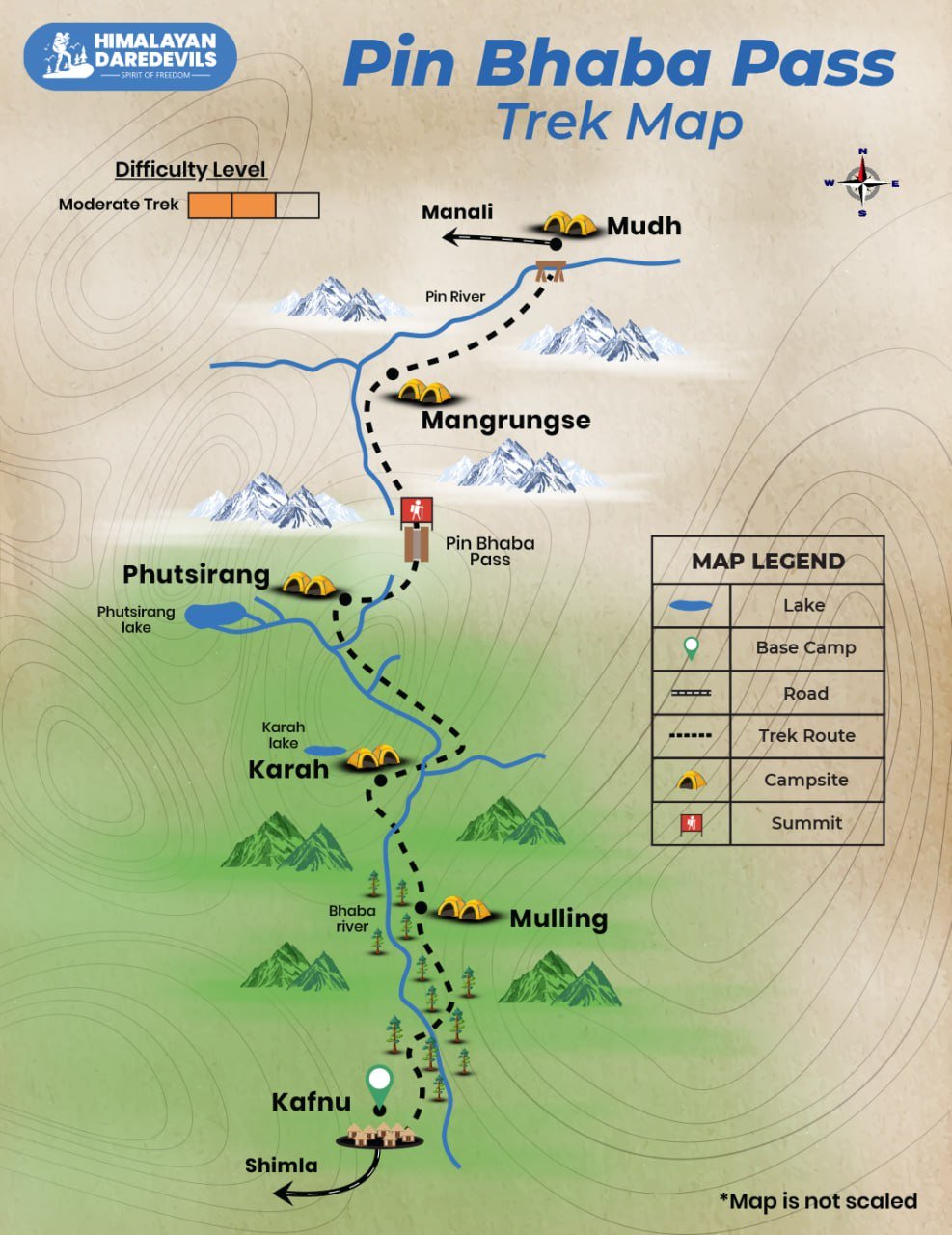
Inclusions
Exclusions
1. Meals while on trek (Veg).
2. All necessary entry fees and permits.
3. Accommodation: - Guest house, Home stay, camping during Trek.
4. Mountaineering qualified & professional trek Leader, guide, cook, and Support staff.
5. First aid medical kits, stretcher, and oxygen cylinder.
6. Trek equipment: Sleeping bag, mattress, tent, kitchen & dining tent, toilet tent, utensils, and crampon (if required)
7. Staff Insurance.
8. Porters/mules to carry central equipment.
1. Any kind of personal expenses.
2. Food during transit.
3. Mules or porters to carry personal luggage.
4. Insurance.
5. Transport (Non Ac)
6. Any kind of emergency evacuation charges
7. 5% GST
8.Any expense incurred or loss cost by reasons beyond our control such as bad weather, natural calamities (landslides, floods), flight delays/rescheduling/ cancelations, any accidents/medical evacuations, riots/strikes/war/pandemics etc.
9. Incase the climate is bad for the pass then buffer day or reserve day will be used. Trekker has to pay 4500 rs extra incase if we use this day, Apart from the trek fee
10. Anything not specifically mentioned under the head.
1. Meals while on trek (Veg).
2. All necessary entry fees and permits.
3. Accommodation: - Guest house, Home stay, camping during Trek.
4. Mountaineering qualified & professional trek Leader, guide, cook, and Support staff.
5. First aid medical kits, stretcher, and oxygen cylinder.
6. Trek equipment: Sleeping bag, mattress, tent, kitchen & dining tent, toilet tent, utensils, and crampon (if required)
7. Staff Insurance.
8. Porters/mules to carry central equipment.
1. Any kind of personal expenses.
2. Food during transit.
3. Mules or porters to carry personal luggage.
4. Insurance.
5. Transport (Non Ac)
6. Any kind of emergency evacuation charges
7. 5% GST
8.Any expense incurred or loss cost by reasons beyond our control such as bad weather, natural calamities (landslides, floods), flight delays/rescheduling/ cancelations, any accidents/medical evacuations, riots/strikes/war/pandemics etc.
9. Incase the climate is bad for the pass then buffer day or reserve day will be used. Trekker has to pay 4500 rs extra incase if we use this day, Apart from the trek fee
10. Anything not specifically mentioned under the head.
What to carry
- Trekking shoes: A good pair of trekking shoes is essential for a comfortable and safe trek. Look for shoes that are sturdy, provide good ankle support, and have a good grip on different types of terrain.
- Backpack with rain cover (50-60 ltr): A backpack is necessary to carry all your gear. Make sure it's the right size for your trek, and comes with a rain cover to keep your belongings dry in case of rain.
- Thermals (upper and lower): Thermals are lightweight and comfortable base layers that help regulate your body temperature in cold weather. Bring both upper and lower thermals to keep warm.
- 3 T-shirts (advisable quick dry): Choose quick-drying T-shirts made from breathable and moisture-wicking materials. This will help keep you cool and dry during your trek.
- 2 trek pants: Choose lightweight and comfortable trek pants that are easy to move in and can dry quickly if wet.
- Jacket (-10 degrees): A warm jacket is essential for cold weather. Choose a jacket that is waterproof and windproof, and provides good insulation.
- Fleece or hood (2): Fleece jackets or hoodies are great mid-layer options to keep warm. Bring at least two, as they can also be used as an extra layer at night.
- Sunglasses (UV protected): Protect your eyes from the sun's harmful UV rays with sunglasses that are designed for outdoor activities.
- Sun cap: A sun cap or hat with a brim will protect your face and neck from the sun.
- Hand gloves: Bring a pair of lightweight gloves to keep your hands warm and protected from wind and sunburn.
- Woolen cap: A woolen cap will keep your head and ears warm at night or in cold weather.
- Socks (3 pairs min): Bring at least three pairs of good quality socks that are moisture-wicking and provide good cushioning and support for your feet.
- Headlamp: A headlamp will come in handy if you're hiking in low-light conditions or need to find your way in the dark.
- Trekking pole (if needed): Trekking poles can help reduce strain on your legs and provide additional support on steep terrain.
- Rain cover\poncho: A rain cover or poncho will keep you and your gear dry during unexpected rain showers.
- Day pack (if you plan to offload your bag): If you plan to offload your backpack during the trek, bring a smaller day pack to carry essentials like water, snacks, and a first aid kit.
- A toiletry kit: Bring a small kit with personal hygiene items, such as a toothbrush and toothpaste, wet wipes, hand sanitizer, and toilet paper.
- Lunchbox, cup, spoon: If you plan to bring your own food, bring a lunchbox, cup, and spoon to carry and eat your meals.
- 2 one-litter bottles: Staying hydrated is crucial, so bring at least two one-liter bottles to carry water.
- 2-3 plastic covers to keep your wet or used clothes: Plastic bags are useful for keeping wet or dirty clothes separate from the rest of your belongings. They can also be used to pack out any trash or waste you generate during the trek.
How To Reach For Pin Bhaba Pass Trek
Pin Bhaba Pass trek begins from Kafnu village in Himachal Pradesh, located in Kinnaur district. The nearest major town is Shimla, which is well connected to cities like Delhi and Chandigarh. To reach Kafnu, one needs to travel first to Shimla and then hire a local vehicle or shared cab. It's essential to book your mode of transport ahead of time, especially during trekking season, as this is a less commercial route and options may be limited.
By Train :
From Delhi, you can board the Kalka Shatabdi (12005) which departs from New Delhi at 7:40 am and reaches Kalka by 11:45 am (4 hrs. journey). From Kalka, you can either take the narrow gauge toy train to Shimla (takes 5-6 hrs.), or take a taxi/bus directly to Shimla (takes around 3-4 hrs.).
From Chandigarh, take a train or a taxi to reach Shimla. The distance is approximately 113 km and can be covered in around 3 to 4 hours by road. Chandigarh is well-connected by train from Delhi as well.
By Bus :
Regular Volvo and government HRTC buses operate from ISBT Kashmere Gate, Delhi to Shimla, especially in the evening and night hours. The journey takes around 8 to 10 hours, depending on the traffic and weather conditions.
Once you arrive in Shimla, you need to travel to Kafnu. This is around 200 km from Shimla and can take about 8 to 10 hours by road. Shared sumos or private taxis are available from Shimla Lakkar Bazar or New Bus Stand in the early morning. It's advised to leave by 6:00 am to reach Kafnu by evening.
Fitness and preparation guide for Pin Bhaba Pass Trek
Trekking across Pin Bhaba Pass requires a balanced mix of cardiovascular stamina, muscular strength, and flexibility. This preparation guide will help you get physically ready for this high-altitude Himalayan adventure:
1. Cardiovascular Fitness
Given the long walking hours and high altitudes, good cardiovascular fitness is crucial for the Pin Bhaba trek. Aim to cover around 5 km in under 40 minutes consistently before your trek. Begin by jogging at least 4-5 times a week. If you're a beginner, start with 2 km and gradually increase the distance over 3-4 weeks.
Improving your breathing capacity will ensure you can keep moving even during tough climbs and long trail days.
Steps to follow:
Start by jogging 2–3 km regularly
Work your way up to 4.5–5 km over 6–8 weeks
Try to maintain a pace that completes 5 km in under 40 minutes
2. Leg and Lower Body Strength
Strong legs are essential for climbing steep paths and handling tricky descents. Focus on building power in your glutes, hamstrings, quads, and calves to support long days of trekking.
Recommended Exercises:
Squats – Build leg and hip strength for upward climbs
Step-ups/Lunges – Improve joint stability and control on uneven terrain
Training Tips:
Do 3 sets of 15 repetitions of each exercise, 3-4 times a week
Gradually increase intensity by adding weight or reps
3. Core Conditioning
Your core plays a major role in maintaining balance and posture, especially on narrow ridgelines and rocky sections of the trek. A well conditioned core also minimizes the risk of back strain from your backpack.
Recommended Exercises:
Planks – Great for overall core stability and posture
Leg Raises or Russian Twists – Strengthen lower abs and rotational muscles
Training Tips:
Start with 30–45 second planks; build up to 1–2 minutes over time
Perform 3 sets of 20 leg raises or twists on each side
4. Upper Body Strength
Carrying your gear for days demands upper body strength. A strong back, shoulders, and arms help manage your backpack and keep posture aligned during long hikes.
Recommended Exercises:
Push-ups – Target the chest, shoulders, and arms
Pull-ups or Inverted Rows – Strengthen back muscles for carrying loads
Training Tips:
Aim for 3 sets of 10–15 push-ups
Add 3 sets of 5–8 pull-ups or bodyweight rows, 2–3 times a week
5. Total Body Conditioning & Cardio
To boost overall endurance and coordination, integrate full-body movements. These exercises combine strength and cardio, giving your preparation a final edge.
Recommended Exercises:
Burpees – Enhance overall cardiovascular endurance and agility
Mountain Climbers – A great combo move for core, legs, and upper body
Training Tips:
Complete 3 sets of 10–12 burpees
Add 3 sets of 20–30 mountain climbers (10–15 per leg), 3 times a week
Train at a consistent pace, and if possible, include weekend hikes with a weighted backpack to simulate trekking conditions. Your goal is not just strength but sustained strength and stamina; the kind that’ll carry you over a 16,000 ft Himalayan pass.
FAQs of Pin Bhaba Pass Trek
The weather at Bhabha Pass is moderately colder and you may find snow at the end trail near the pass. The day temperature will be varying from 13 to 18 degrees Celsius and the night one will be from 0 to 7 degrees Celsius from June to October mid. Rain will be there at times and it is unpredictable.
The fitter you are the more you'll take away from the experience. Take as much time as you can for cardio exercise and strength training, including core strength. This will make it far easier for you to trek and explore the terrain with your guide. Moreover, exercises aid in acclimatization for the trip. Experience of walking for long distances with heavy weights (at least 15 Kg) will be a useful preparation.
Pin Bhaba pass is a high altitude mountain pass (approximately 4,850 meters), located in Himachal Pradesh. The pass connects the Bhaba valley in Kinnaur district of Himachal to Pin Valley in Spiti district of Himachal Pradesh.
Trekkers will be staying in tents throughout the duration of the trek. The tents used for accommodation are typically high-altitude alpine tents that are designed to withstand harsh weather conditions. These tents are usually spacious and can accommodate 2-3 people. In addition to sleeping tents, there will also be a separate dining tent where meals are served and a kitchen tent where the food is prepared. The campsites are usually set up at scenic locations along the trek route, providing trekkers with breathtaking views of the surrounding landscapes. Each campsite is chosen to keep in mind the availability of water sources and flat ground for setting up the tents.
Cancellation policy
Life is unpredictable and we understand sometimes you have to cancel or change your trip dates and it is our endeavour to make it as easy possible for you. However, please understand we plan everything including guide fees, permits, accommodation and ration in advance. Therefore any cancellation means inconvenience and certain losses to the people involved in various stages of programme. Keeping that in mind, our cancellation charges are as below-
Cancellation prior to 30 days from start of the event: Get monetary refund with 15% of cancellation charges on trek fee.
Cancellation between 30 days and 15 days to the start of event: 50% on trek fee is non refundable and the remaining 50 % will be given as cash voucher which is valid for 1 year.
Cancellation less than 15 days to the start of event: No refund.
Please note cancellation will be only accepted by email.
Booking amount is non refundable
Note: The Himalayan Daredevils reserves the right to cancel a programme before departure in the event of logistical problems arriving due to natural calamities, strikes, wars on any other circumstances that makes the event inadvisable. In this case, 50% on trek fee is non refundable and the remaining 50 % will be given as cash voucher which is valid for 1 year.
Itinerary changes & trip delays:
We plan itineraries based on the information at the time of planning and in rare circumstances, there are subject to change. In the event that the itinerary is changes or delayed due to unforeseen circumstances such as bad weather conditions, transportation delays, government intervention, landslides etc. We will always aim to give you the best experience possible. However The Himalayan Daredevils are not be held responsible for the cost of delay or changes.
Why Choose Us
Our Best Performance
50,000+
Trekkers
PAN India Treks
250+
Treks
Professional
and Experienced Staff
Best
Grade Equipment
Well Organised
Trek Itineraries
Related Blogs
Read and get more about our treks
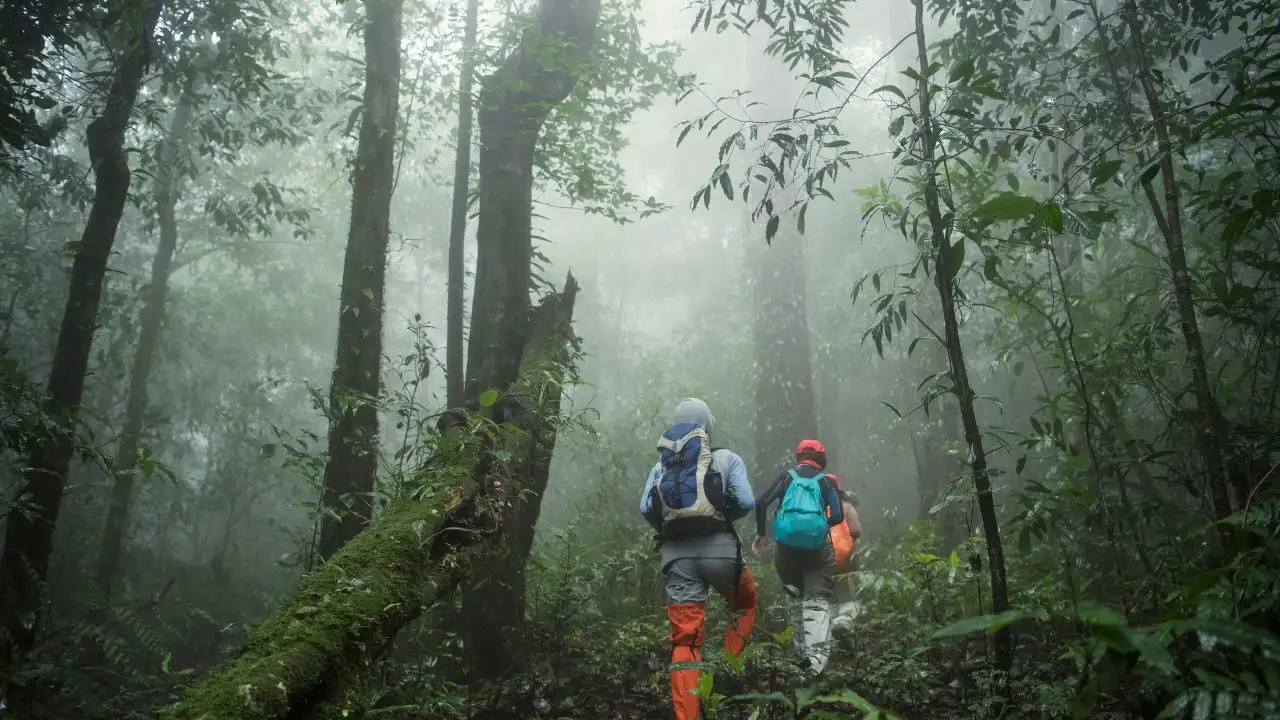
Hampta Pass vs Pin Bhaba Pass: Which Trek to Choose?
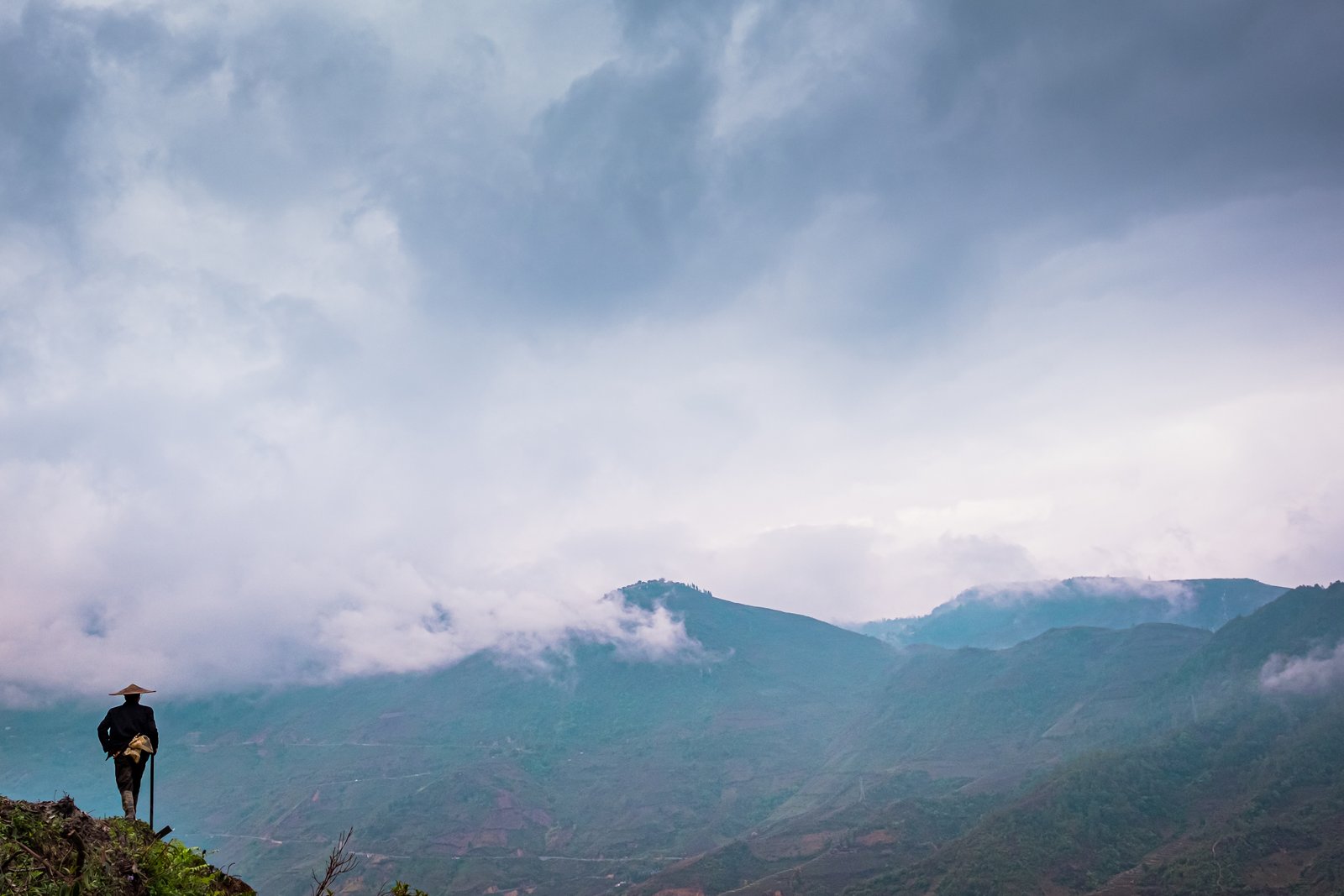
Top 5 Himalayan Monsoon Trek in India
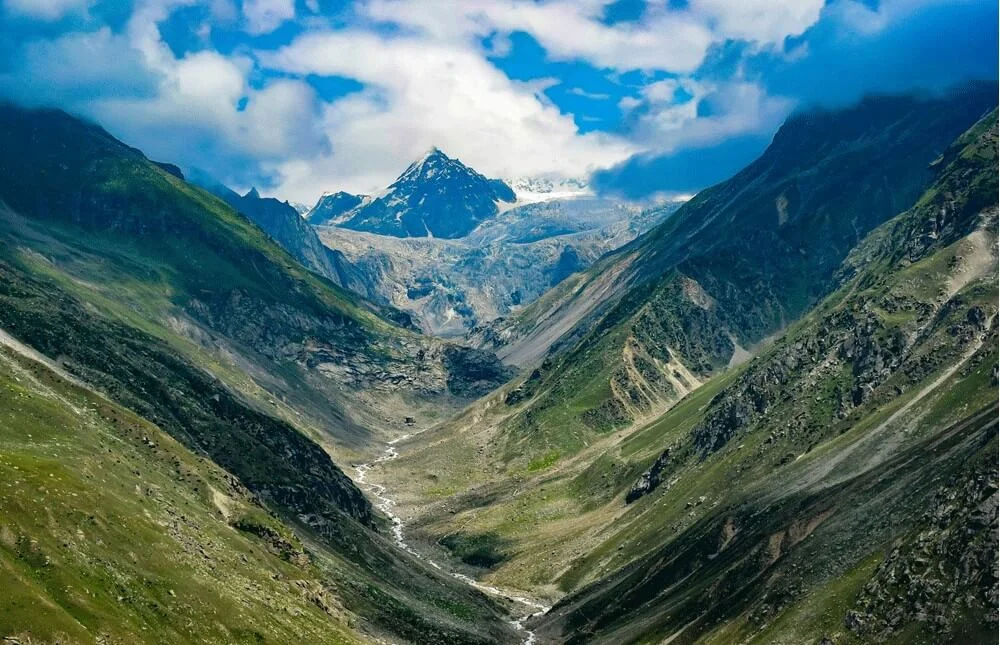
Best Treks in Himachal Pradesh - Himalayan Daredevils
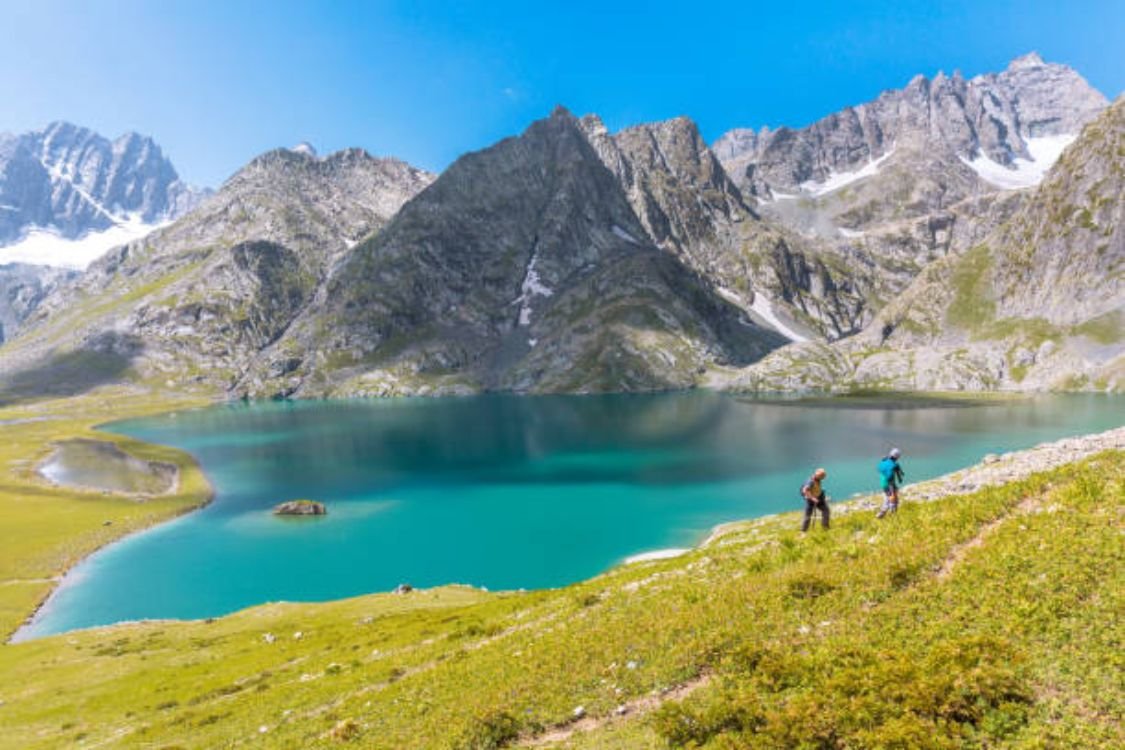
Difficulties Of Kashmir Great Lakes Trek | Himalayan Daredevils
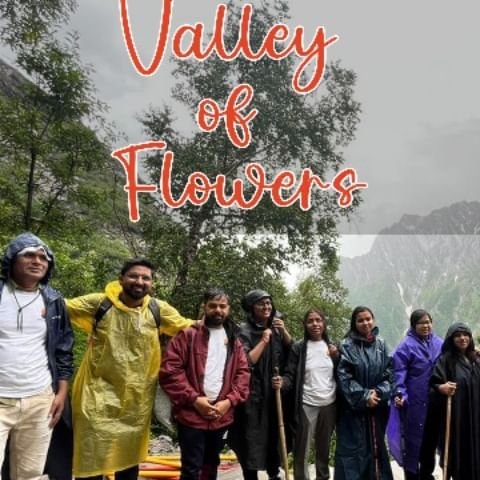
Explore the Beautiful Valley Of Flower Trek
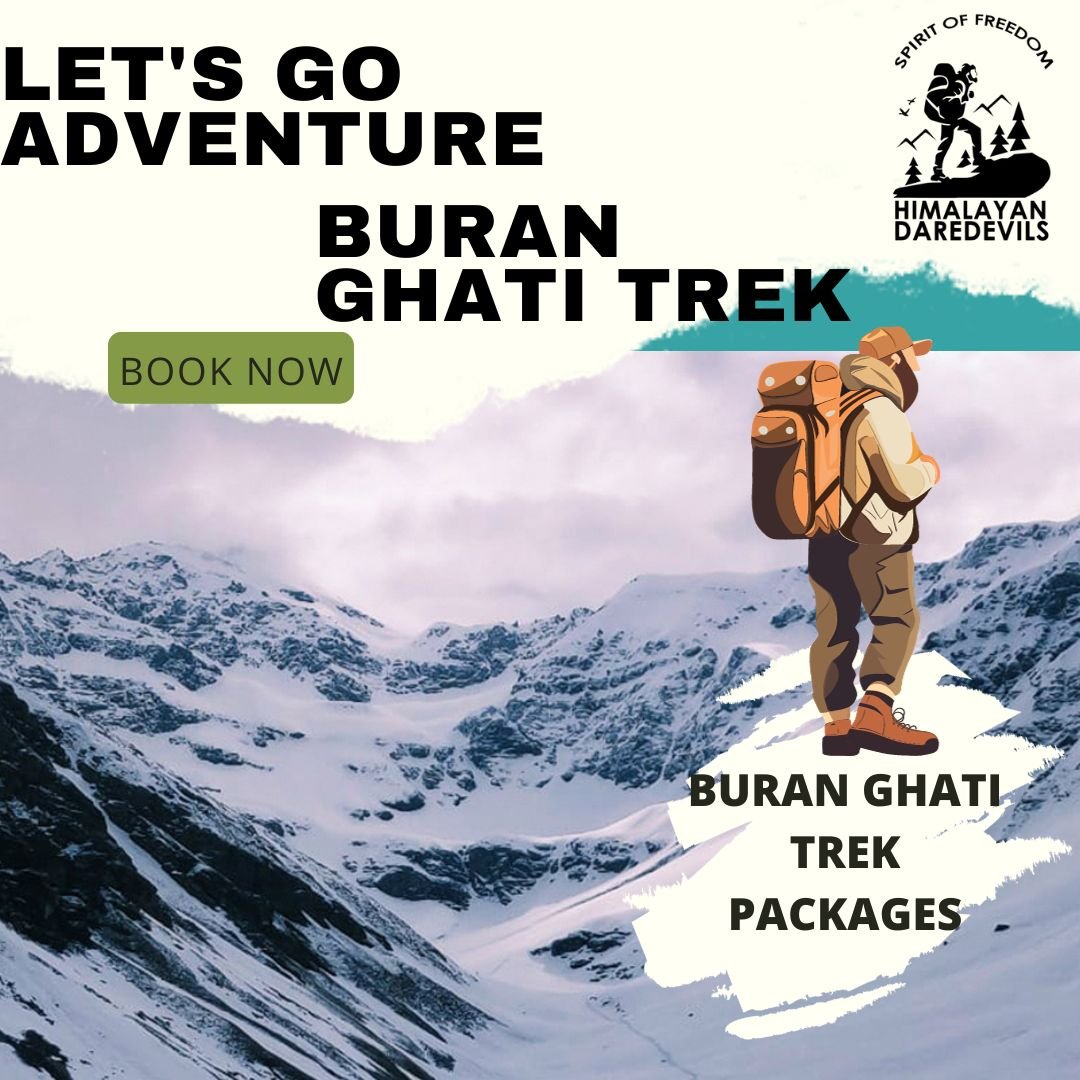
Buran Ghati Trek - A Hidden Gem - Complete Guide

The Most Surprising Trek of Hampta Pass and Chandratal Trek
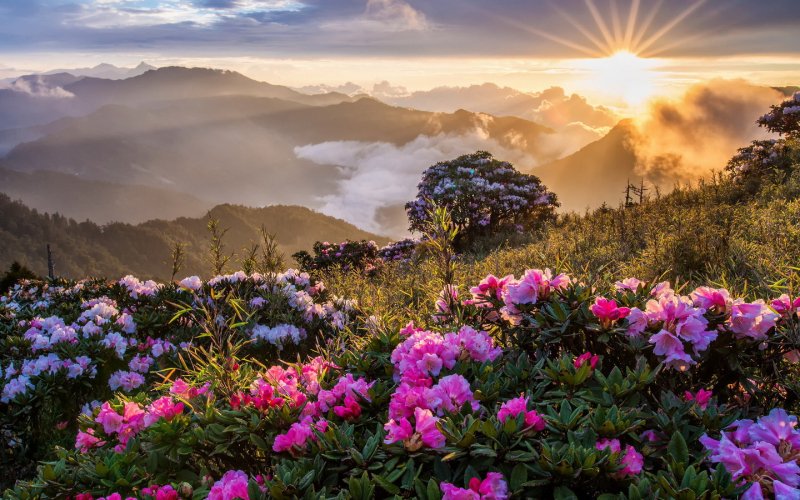
Best Time to Visit Valley of Flowers Trek
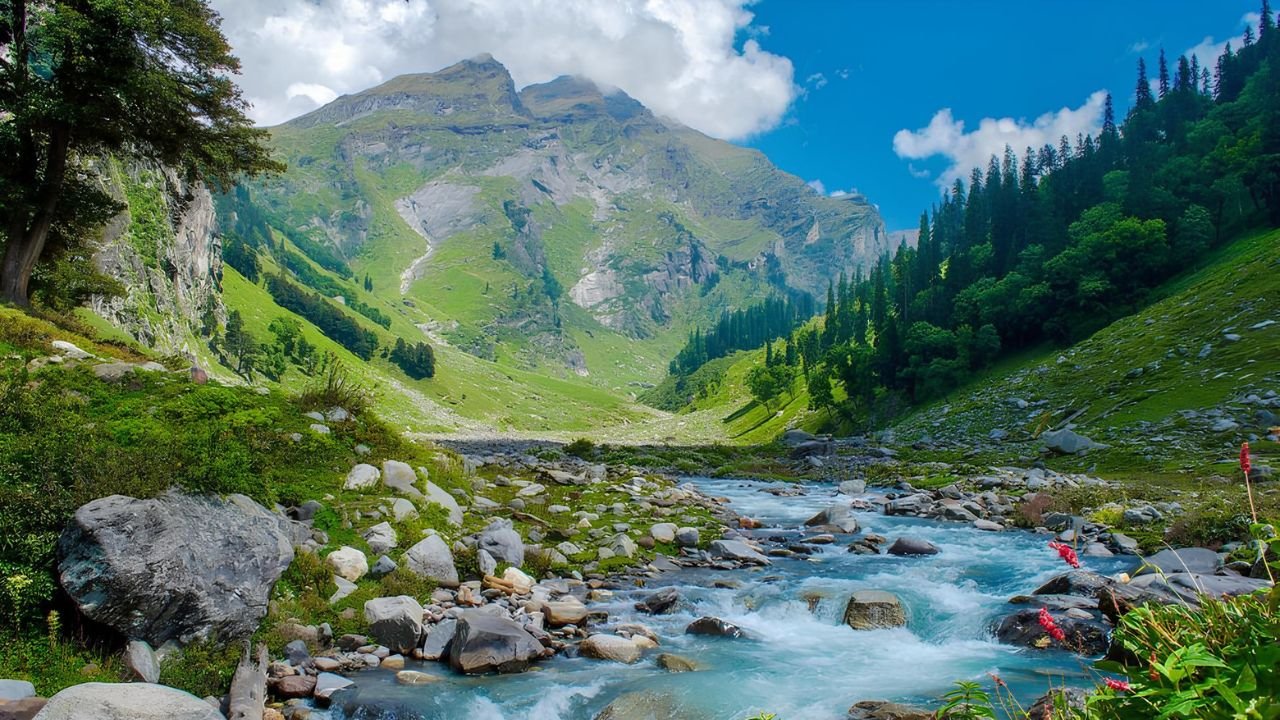
Hampta Pass Trek- Experience the Thrill of Crossing the Himalayas
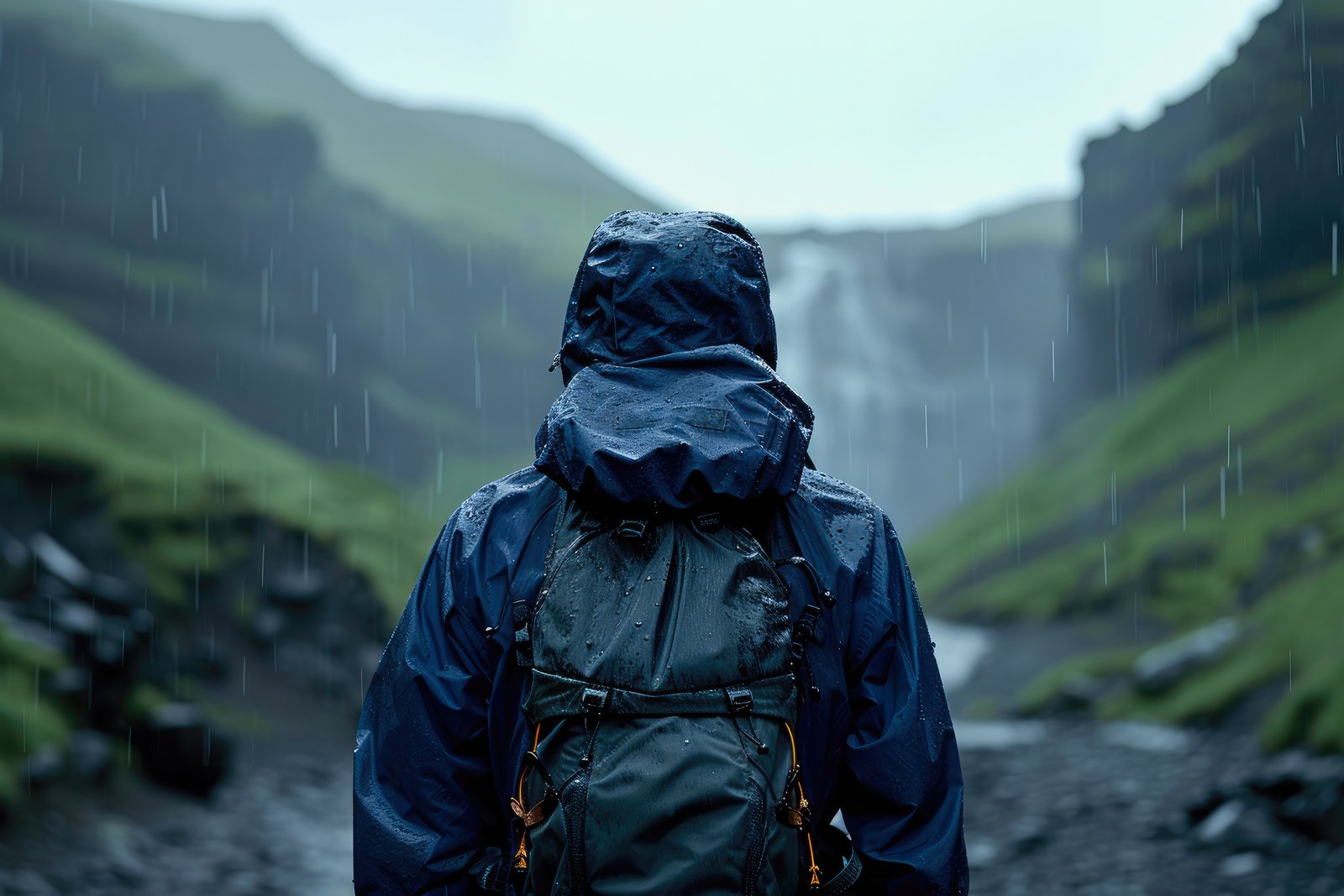
Best Tips for Hiking in the Rainy Season Safely and Enjoyably
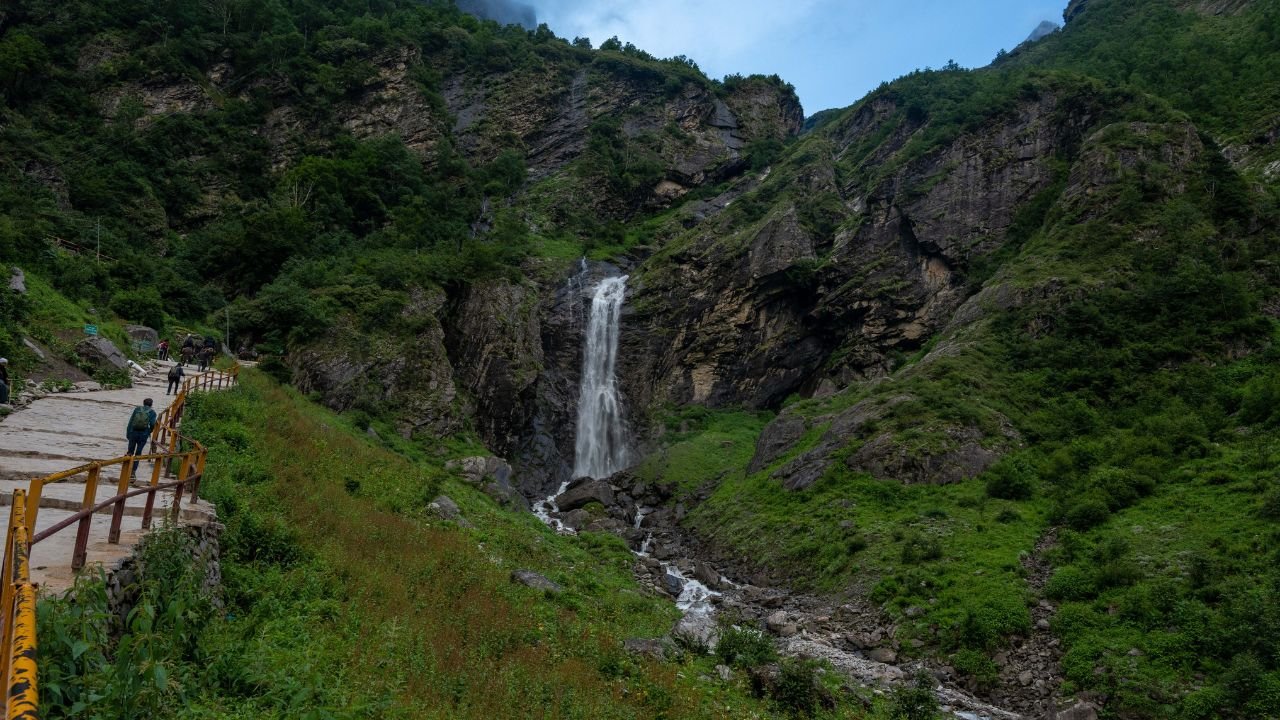
Why Every Trekker Must Take Safety Seriously
